Meeting Follow Up Letter Template for Professional Communication
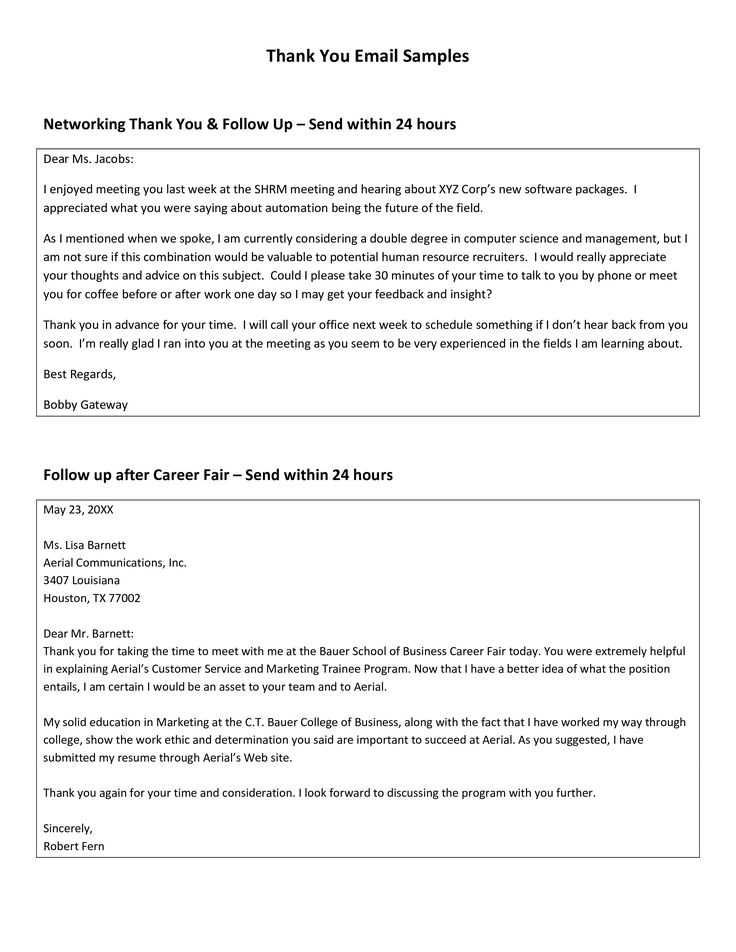
After a productive discussion, it is essential to maintain a connection and clarify any key points. Properly expressing gratitude and outlining next steps can significantly strengthen professional relationships. A thoughtful follow-up enhances the chances of a successful outcome and ensures that nothing is overlooked.
Clear and professional communication is a vital element in achieving these goals. A well-constructed message can reflect positively on your professionalism and attention to detail. Crafting a message that is polite yet direct allows for efficient exchanges and keeps all involved parties aligned on expectations.
In this guide, we will explore the best practices for creating an impactful note, helping you improve your correspondence and achieve desired outcomes. With a structured approach, you can make your follow-ups both meaningful and effective.
Importance of Following Up After Discussions
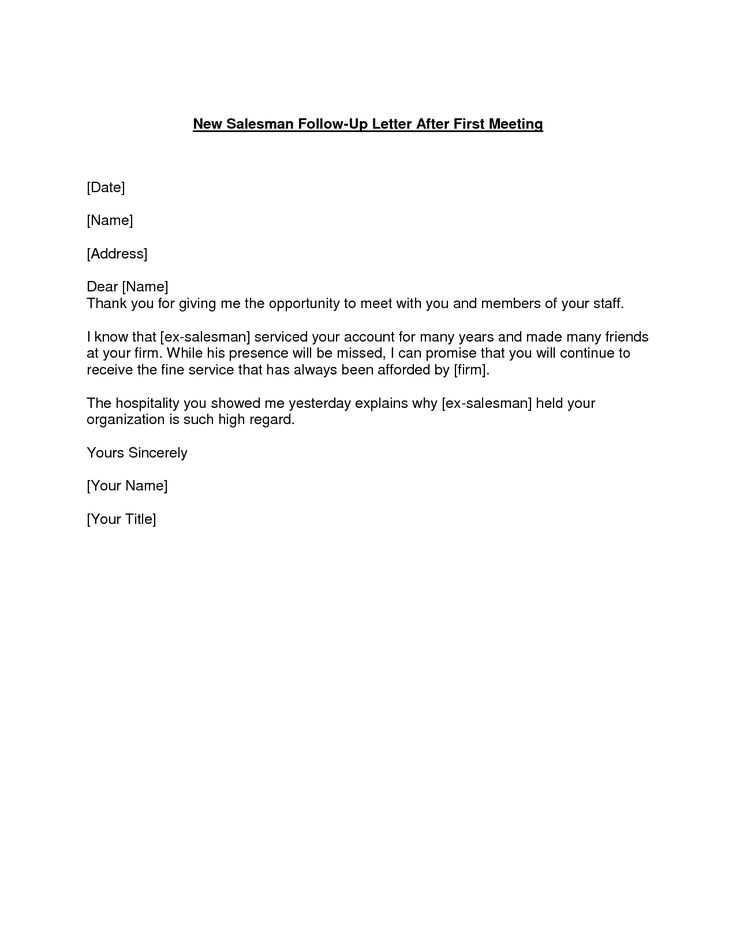
After a conversation or professional discussion, it is crucial to maintain momentum by reaching out to confirm details, express appreciation, and clarify any pending actions. This gesture not only reinforces the points discussed but also demonstrates your commitment to the project or relationship. It can serve as a reminder of key takeaways and ensure all parties are aligned moving forward.
Strengthening Relationships and Trust
Reaching out after a conversation shows a proactive attitude and dedication to the next steps. By expressing gratitude for the time and effort of others, you foster goodwill and strengthen professional relationships. Consistent communication can also enhance trust, as it highlights your reliability and thoroughness in following through with commitments.
Clarifying Expectations and Avoiding Misunderstandings
In any professional exchange, miscommunication can occur. A well-structured message can clear up any confusion by reiterating key points and confirming mutual understanding. This helps prevent errors and sets clear expectations, ensuring that everyone involved knows what is required next, minimizing potential setbacks.
Key Components of a Follow Up Message
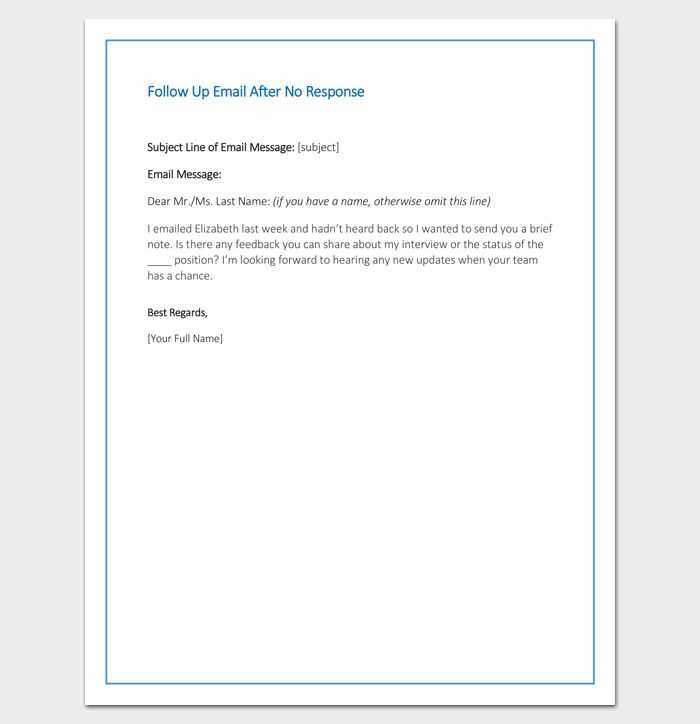
An effective message after a discussion should contain several key elements that ensure clarity, professionalism, and productivity. It’s essential to express appreciation, recap critical points, and outline the next steps in a clear and concise manner. A well-structured communication can set the tone for continued collaboration and leave a positive impression on the recipient.
Expressing Gratitude
Starting with a note of thanks is crucial in establishing a respectful and appreciative tone. A simple acknowledgment of the recipient’s time and input demonstrates professionalism and courtesy. It helps build rapport and fosters a positive relationship moving forward.
Clear Action Items and Next Steps
It is vital to provide clarity on what actions are expected next. Outlining specific tasks, deadlines, and responsible parties helps prevent confusion and ensures that everyone knows what is required of them. Clear directives also demonstrate your organizational skills and attention to detail.
How to Write a Professional Message
Writing a professional message requires a balance of clarity, conciseness, and politeness. Each communication should be tailored to the context, focusing on key points while maintaining a respectful tone. The message should convey necessary information without being overly complex, ensuring that the recipient can easily understand the purpose and expected outcomes.
Start by addressing the recipient appropriately, using formal language where necessary. Follow this with a clear introduction that outlines the reason for reaching out. Be specific about any action required, keeping the content relevant and focused. End with a polite closing, offering further assistance or expressing gratitude as needed. Proofreading the message before sending ensures that it is free from errors and maintains a professional tone throughout.
Tips for Clear and Concise Communication
Effective communication is about getting your message across in the simplest and most understandable way. Avoiding unnecessary details and focusing on the core points helps to ensure the recipient quickly grasps the key information. The goal is to be direct yet courteous, making your point clear without over-explaining.
To achieve clarity, use straightforward language and short sentences. Be specific about the actions required and the timeline. Eliminate any redundant words or phrases that could cause confusion. Additionally, organizing your content in a logical flow makes it easier to follow and prevents important details from being overlooked.
Common Errors in Post-Discussion Messages
Even with the best intentions, mistakes can easily be made when drafting a message after a professional exchange. These errors may impact the clarity, tone, or effectiveness of the communication. Avoiding these common pitfalls will help ensure your message is well-received and achieves its purpose.
Overly Complex Language
Using complicated or technical language can confuse the recipient and make your message difficult to understand. It’s important to keep the language simple and accessible to ensure that your communication is clear and direct. Some common issues include:
- Excessive jargon or technical terms
- Overly long or convoluted sentences
- Lack of focus on the main message
Missing Key Information
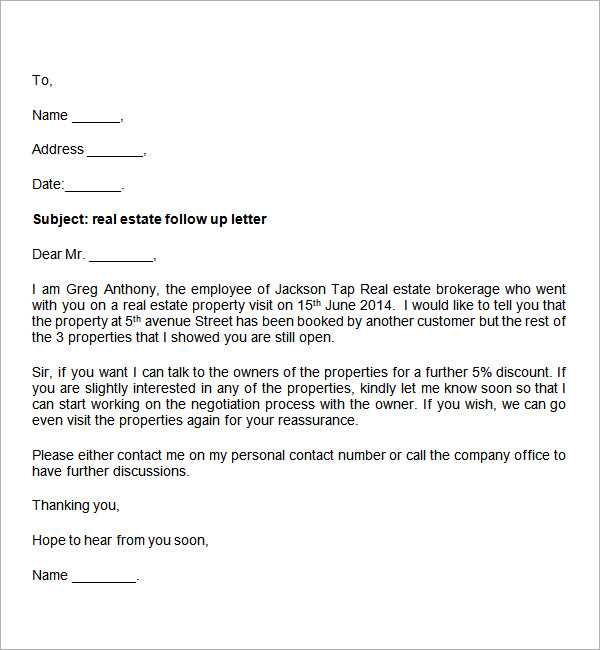
Another frequent mistake is neglecting to include essential details that the recipient needs to move forward. Without clear information about the next steps or expectations, misunderstandings can occur. Ensure you address the following points:
- Action items and responsibilities
- Specific deadlines or timelines
- Any necessary documents or resources
Customizable Templates for Effective Messages
Having a pre-structured format for professional communication can save time and ensure consistency. Customizable outlines provide a solid foundation, which can be adjusted to fit the specific context of each interaction. These adaptable formats can be tailored to meet the unique needs of various situations, improving both the quality and efficiency of your correspondence.
Benefits of Using Structured Formats
Using a customizable structure helps maintain a professional tone while ensuring that all necessary components are included. By focusing on key sections such as appreciation, action steps, and next stages, you can streamline your process and avoid missing critical details. This approach guarantees that each message is clear, purposeful, and actionable.
How to Adapt Templates to Specific Situations
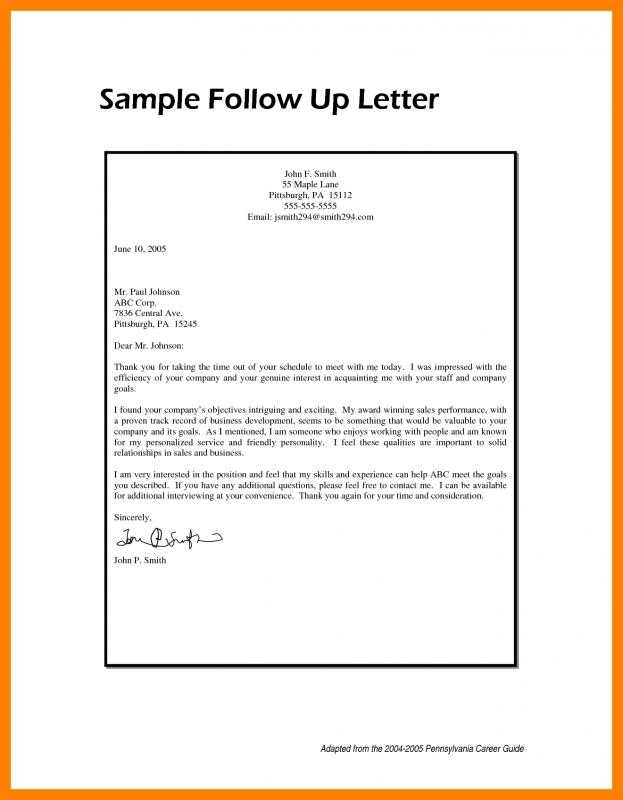
It’s important to tailor the message based on the relationship with the recipient and the specific goals you wish to achieve. For example, a casual collaboration may require a less formal tone, while a more formal partnership might need additional details. By adjusting the tone, language, and content, you can ensure that your message resonates with its intended audience while fulfilling its purpose. Personalization is key to creating an impactful and effective communication.